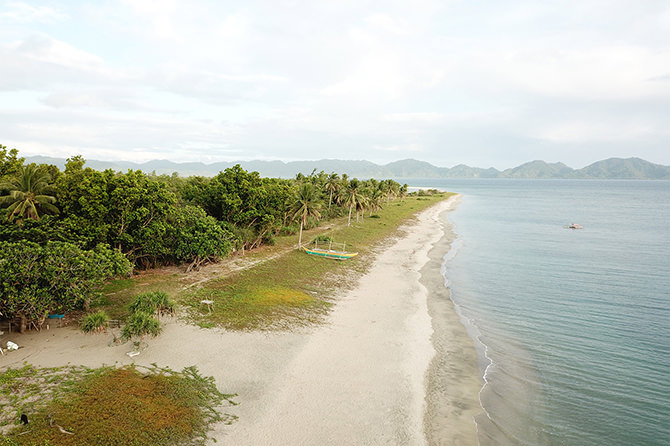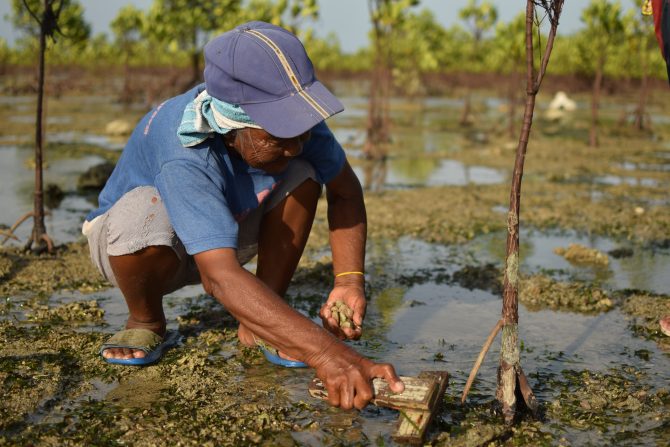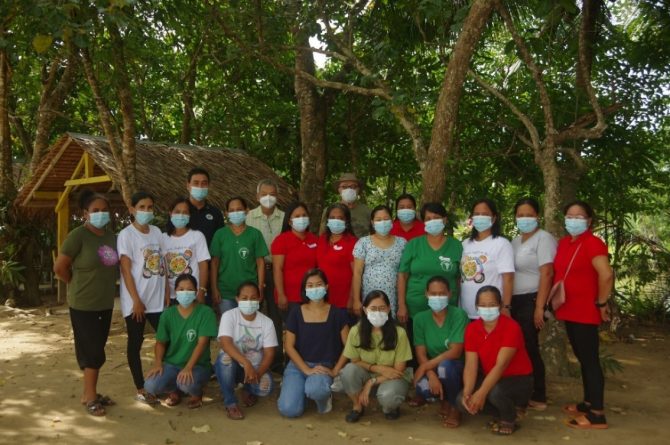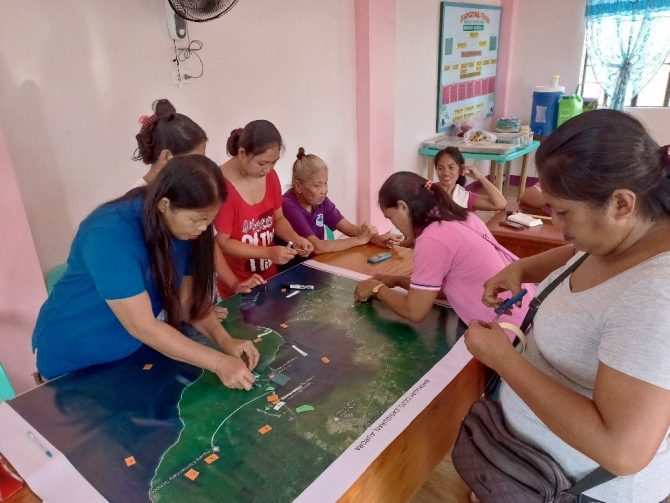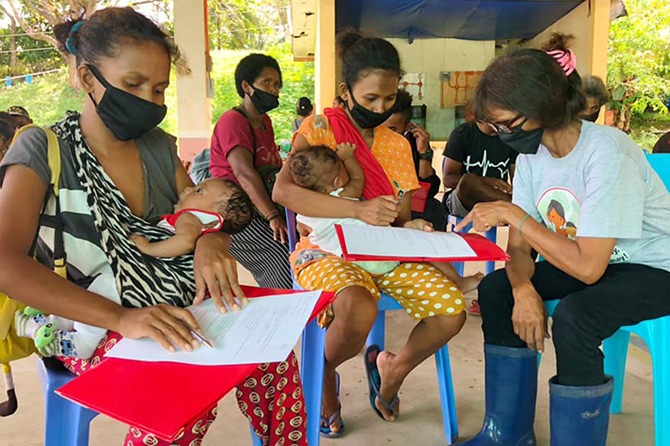2021 PHILIPPINES
Institutionalising Indigenous Food Systems of the Sierra Madre Biodiversity Corridor and the North Philippine Sea Bioregion
Daluhay Daloy ng Buhay, Inc (DALUHAY)
Community / field-based implementation
Landscape, Seascape
Overview
The Philippine Sierra Madre Biodiversity Corridor (SMBC) is a key conservation area, adjacent to the North Philippine Sea (NPS) marine bioregion. The Agta indigenous communities in the Philippines' northern Aurora Province heavily depend upon natural resources in the SMBC for nourishment through fishing in the area’s streams, farming, and gathering of non-timber forest products. In this high-biodiversity area, there have been illegal activities (e.g., logging, wildlife poaching, electric fishing and use of poison), overharvesting, and unsustainable agricultural practices (e.g., use of pesticides and chemical fertilizers) which have led to the loss of biodiversity in the past decades. The lack of appropriate resource management strategies and plans have also contributed to this decline.
Government efforts have not focused on planning for a nutritious diet and food security, which negatively affects community health and well-being. Several local and indigenous communities live in the target area, where they are vulnerable to inclement weather like typhoons. People commonly skip meals during bad weather because they cannot catch enough fish. This contributes to the high number of stunting and wasting cases among children in coastal communities, who also suffer from a lack of protein in their diet . This project aimed to address biodiversity depletion and chronic and acute maternal malnutrition in the indigenous communities in the area. Enabling leadership among mothers is intended to advance the sustainability of healthy food systems and healthy ecosystems, thereby helping ensure food security. The project contributes to the conservation and restoration of socio-ecological production landscapes and seascapes (SEPLS) by initiating efforts to restore degraded ecosystems within the ancestral domains of indigenous communities, including coastal waters. This will facilitate the sustainable delivery of ecosystem services not only for the indigenous communities, but also other surrounding communities.
To achieve the project aim, the following activities were conducted:
- Formation of Maternal Ecohealth Core Group (MECG)
- Training on maternal nutrition assessment and communication, education and public awareness (CEPA) for MECG members
- Assessment of maternal nutrition for food systems planning
- Awareness enhancement program on maternal nutrition
- Identification of potential maternal ecosystem reserves (areas that ensure access and availability of protein sources for mothers)
- Assessment of potential maternal ecosystem reserves
- Formulation of maternal ecosystem reserve management and sustainable food systems plan
- Lobbying for the institutionalization of the maternal ecosystem reserves
Key achievements
- Considering the lack of a Philippine model for the Satoyama Development Mechanism, NGOs need additional resources to meet project goals. It is critical for NGOs in the Philippines to source complementary funding, particularly from local or national government agencies, which comes with bureaucratic challenges. This will optimize and augment the SDM project’s meager budget and ensure continuity, scaling up and mainstreaming of the initiative.
- The project provided a unique SEPLS approach through formulation of indigenous women-led biodiversity conservation and restoration plans, as well as food systems that focus specifically upon maternal and early childhood health. Although there are many possible linkages between social and ecological systems, the focus on maternal health and their access to protein has been prioritized through the establishment of a maternal reserve, a community kitchen and food bank. This example of prioritizing specific goals under the SDM is based upon community-based data and needs.
- Formation of the core group promoting the project goals can be built from what already exists. For example, the maternal Ecohealth Community Working Group was created from amongst the ranks of Barangay (village) health workers or leaders of the women’s group (SAKAILAP). This maternal core group will have common core values essential in promoting the project’s goals.
Lessons
- Plan ahead to organize potential community development human resource support to respond to unforeseen challenges.
- There is great potential to support positive change in the communities of women.
- Linking maternal nutrition, biodiversity conservation/restoration and food security planning is of interest to branches of the Philippine government.
- Some barriers to maternal protein provision can be addressed by dedicated area development and the empowerment of women, particularly when supported by the community.
- The inclusive engagement of marginalized sectors at various levels, including those that are impoverished and have limited roles due to gender, can result in cultural shifts towards sustainability and improved health.
Project location
Organisation
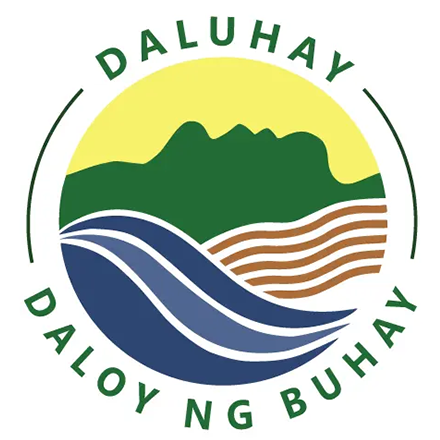
Daluhay Daloy ng Buhay, Inc (DALUHAY)
- Sector
- Non-governmental / civil society
- Country
- Philippines
- Website/SNS
- https://daluhay.org/
Relevant projects
Projects of the same year
Aichi Biodiversity Targets
Aichi Biodiversity Targets
-
Awareness increased
-
Sustainable management of marine living resources
-
Protected areas increased and improved
-
Ecosystems and essential services safeguarded
-
Traditional knowledge respected and integrated
Sustainable Development Goals
Sustainable Development Goals
-
Zero hunger
-
Responsible consumption, production
-
Life below water
